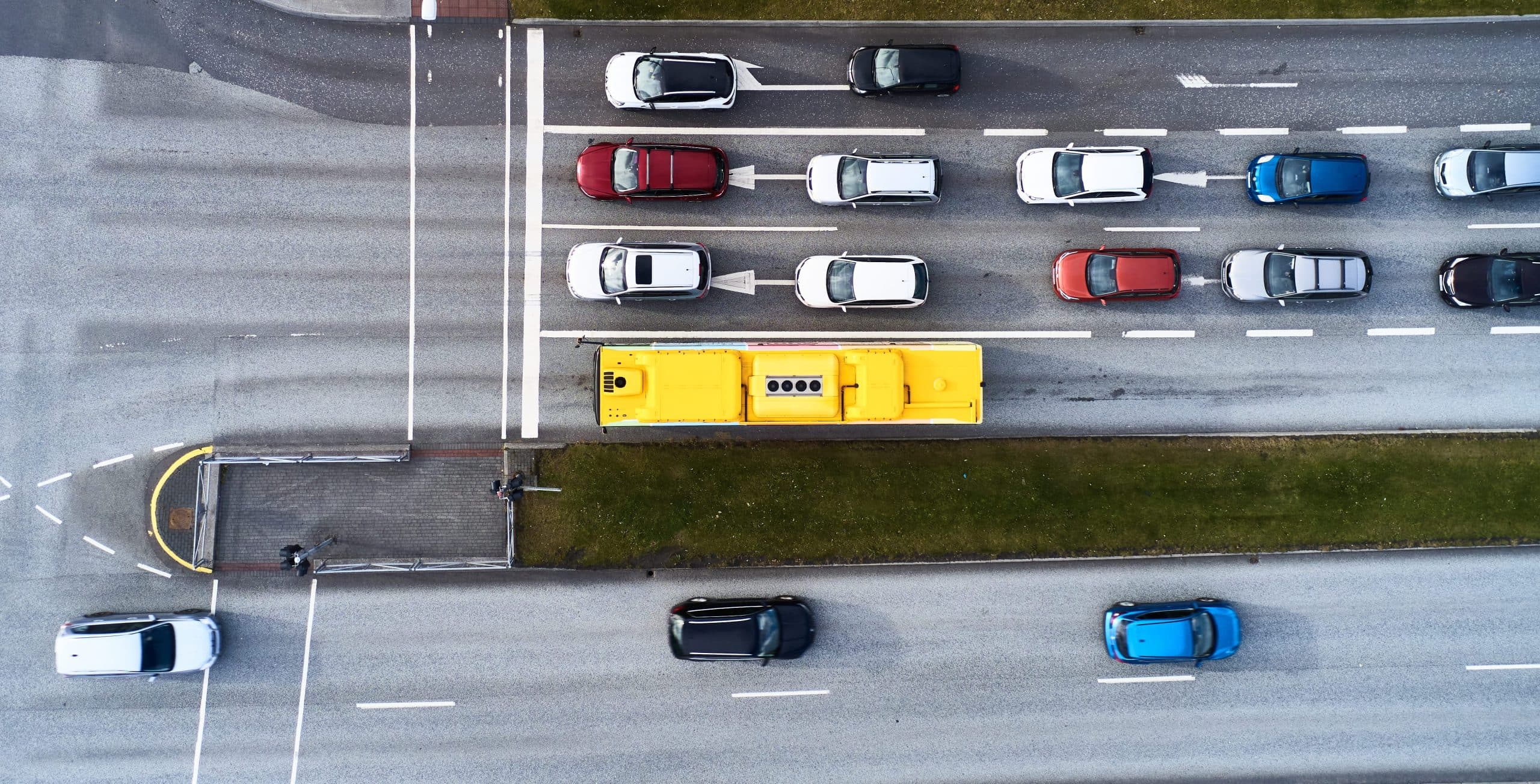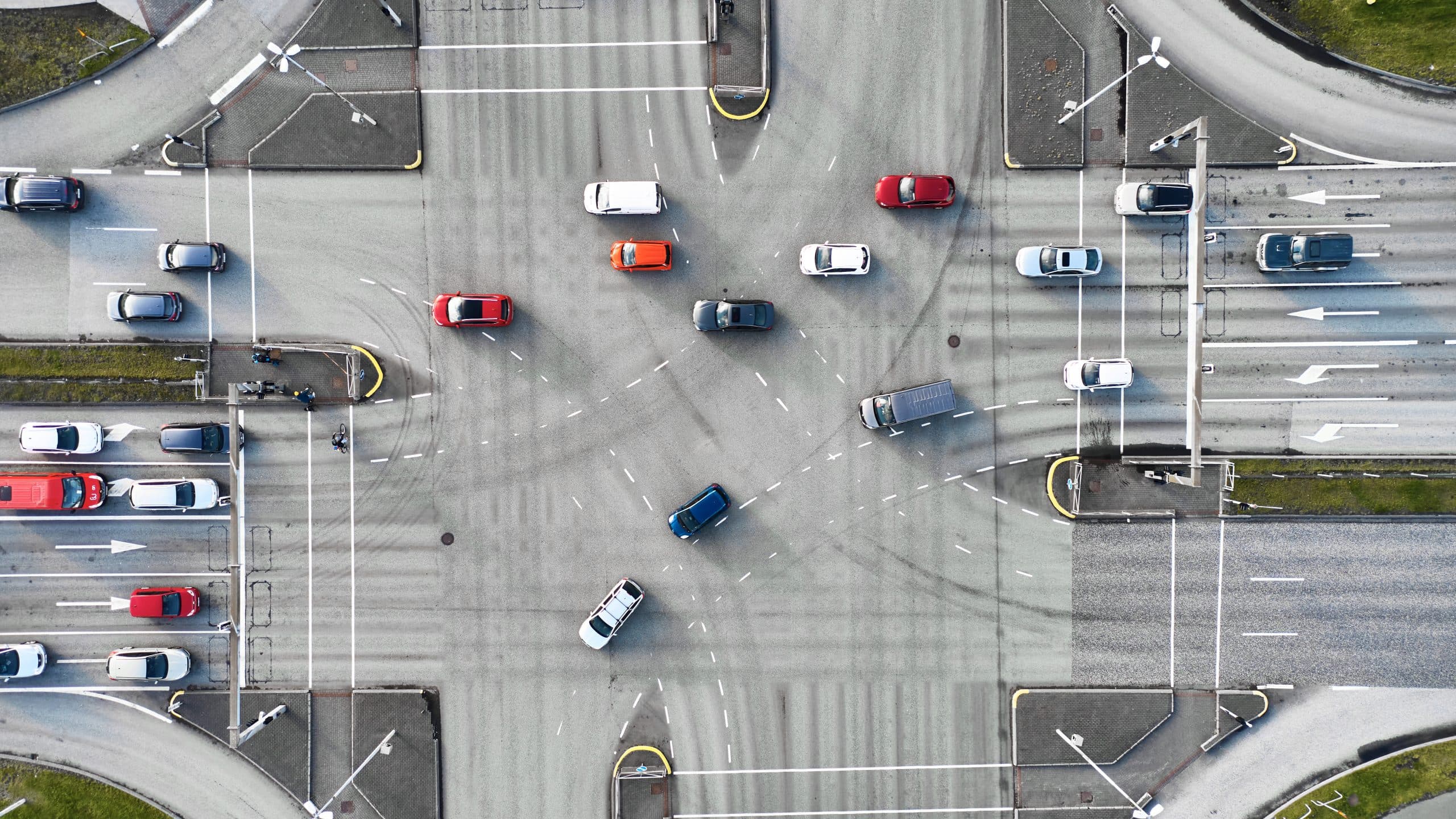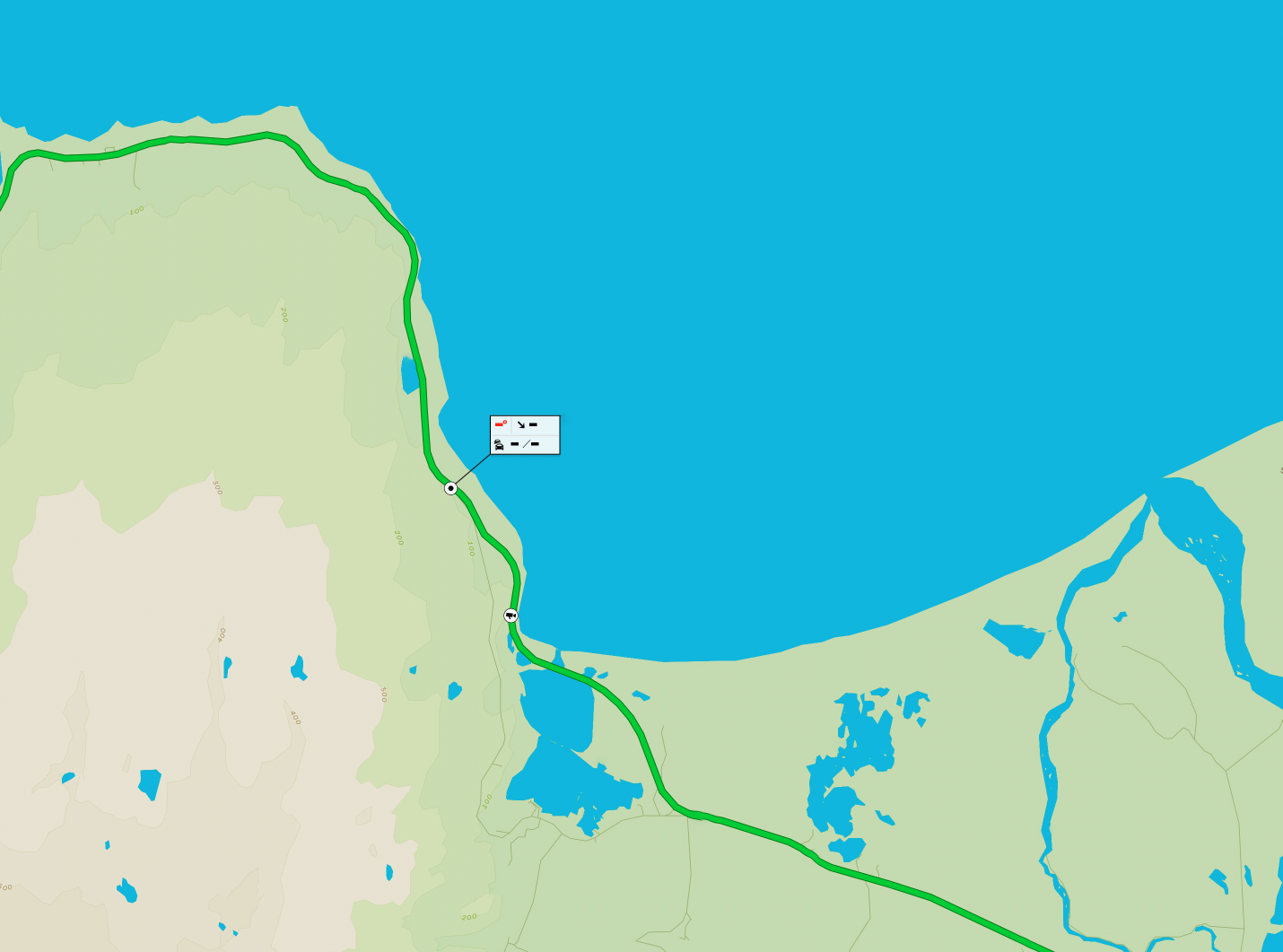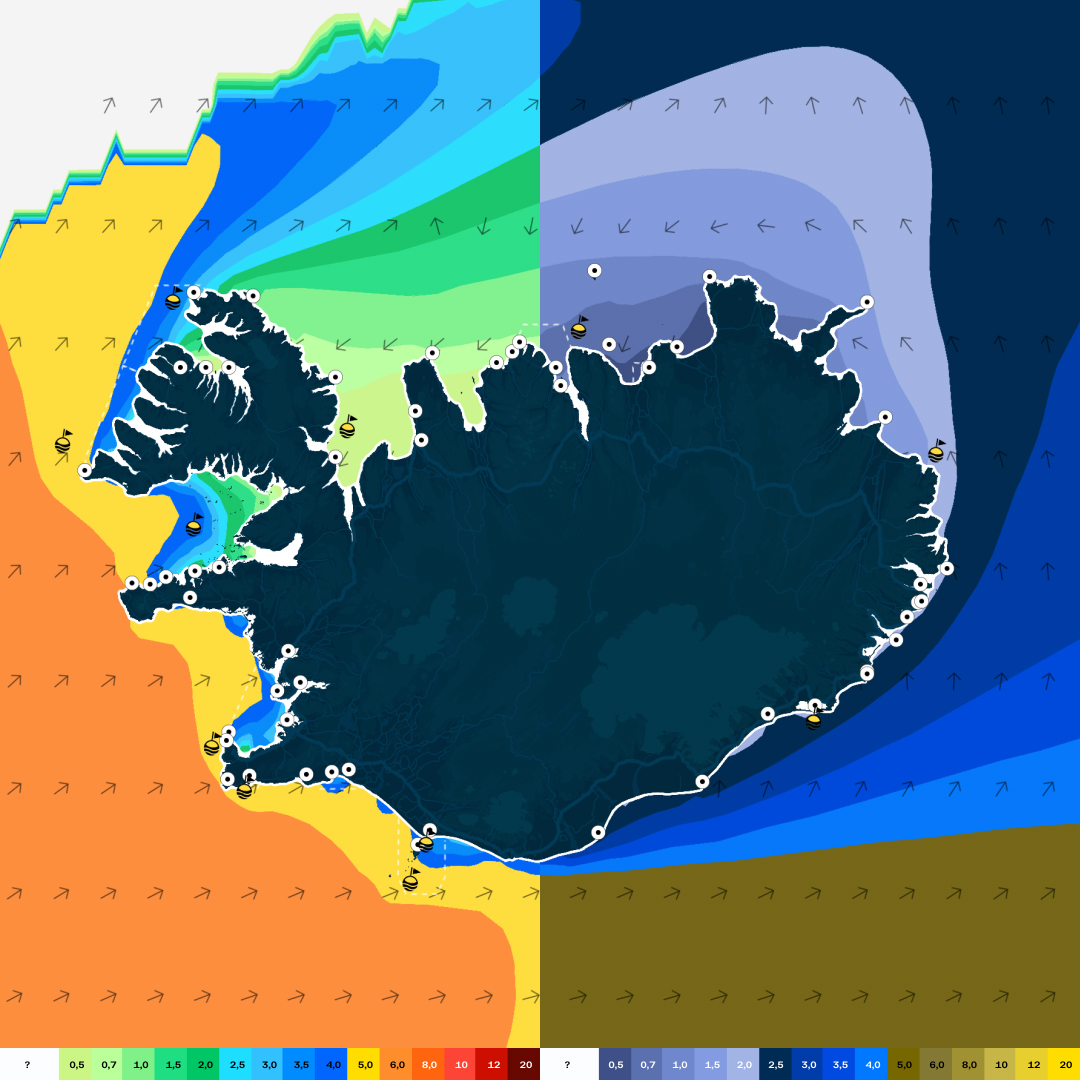Traffic lights
The IRCA manages traffic lights in co-operation with the City of Reykjavík, and other municipalities in the capital region. Traffic lights are sorted into traditional traffic lights at intersections on one hand, and pedestrian traffic lights on the other. In the capital region, traffic lights are situated in 216 places.

Of the municipalities which constitute the capital region, Reykjavík has the most traffic lights. A portion of these traffic lights are situated along roads under IRCA ownership. Following the Transportation Agreement the IRCA and the six capital region municipalities entered into a collaborative agreement, wherein traffic light responsibility is shared.
The collaboration has undertaken an assessment of all capital region traffic lights, and alongside which has developed a plan of action, defined policy and set objectives regarding traffic lights as a whole.
Among the projects to be undertaken is an overview of where it is most pertinent to renew traffic lights or technical equipment past its lifespan, and analysing at which traffic lights the greatest delays during rush hour occur.
The objective is to guarantee traffic safety, reduce pollution for travellers, and increasing ease of traffic flow so that the transportation system runs smoothly.
Traffic lights
Traffic lights are comprised of a control box, lights, sensors and buttons. These units are connected together with cables laid through utility pipes and underground wells.
System objectives
- Making sure that traffic light guidance is in accordance with traffic flow at any given moment.
- Prioritizing Strætó and emergency vehicles when necessary.
- Collecting traffic data in real-time and minimizing traffic delays.
- Monitoring and sending out automatic notifications if malfunctions occur.

Connection with MSU
Roughly half of all traffic lights are connected to a Sitraffic Scala traffic control center system (MSU). The intention is for every traffic light to be connected to MSU at some point.
One of the benefits of connecting traffic lights with MSU is that notifications of malfunction are received as soon as the system notices said malfunction, ensuring a fast response time.
Automation
The current system is ran on an automated Traffic-Actuated Selection of Signal (TASS) program, with the greatest benefit being that the system selects traffic light settings based on traffic volume at any given point, for each TASS area.
The capital region is split up into five TASS regions:
- Sæbraut
- Miklabraut-Kringlumýrarbraut-Hringbraut-Suðurlandsbraut
- Hafnarfjarðarvegur
- Bústaðavegur
- Breiðholtsbraut-Nýbýlavegur
Traffic control
Traffic light control in the capital region can be divided into three methods:
- Pre-timed
- Semi-actuated
- Fully-actuated
Most traffic lights are either semi, or fully-actuated and are therefore controlled through sensors.
Pre-timed traffic lights have no sensors in place. The length of the green, yellow and red lights is predefined and does not change based on traffic volume.
On semi-actuated intersections a green light is in place for priority traffic flow if no traffic is detected on side-streets or if a crosswalk indicator for crossing over priority traffic flow has not been pressed.
On fully-actuated intersections a red light is in place for all traffic flow if no travellers are detected.
Green wave
A green wave occurs when traffic light are co-ordinated so that drivers can travel at a roughly even pace without encountering a red light. Even pace is considered around 80-100% of designated top speed.
Green waves can rarely be instituted in both directions simultaneously due to the design and position of intersections, therefore attempts are made to co-ordinate traffic lights for the dominant direction of traffic each time. Traffic lights on main roads are co-ordinated so that traffic has the clearest route leading to the city center in the mornings, but away from the city center in the afternoon, and outside of rush hour.
The objective of co-ordinated traffic lights is to increase traffic flow and minimise delays. On the other hand, various factors can influence this co-ordination, and its gain is miniscule in times of very heavy traffic volume.
Prioritisation for emergency vehicles and Strætó
The MSU traffic control center system is responsible for running the prioritisation system for emergency vehicles and Strætó. Equipment is placed in fire engines and ambulances which automatically asks for priority on traffic lights as the vehicle’s emergency lights are active. Strætó has a clearer route through intersections with the system in place, although it is not a prioritisation system such as in emergency vehicles. Equipment in the bus detects when it is approaching an intersection, leading to an extension to the green-light duration.
The objective of the prioritisation system is to ensure increased safety in emergency driving, both for those doing the emergency driving and also general traffic affected by it each time. It is also imperative in life-or-death situations to shorten response times, especially during heavy traffic. The system has been considered very beneficial so far.
Counting locations
The collection of traffic information is a fundamental part of central traffic control. In order to detect and estimate traffic numbers, several traffic detectors have been placed in choice counting spots. These detectors are connected to the MSU system wherein information from said detectors is used when configuring traffic lights around the city.
Further information on the City of Reykjavík’s website:
Types of control boxes
The control box controls traffic lights and is comprised of several units. Each light, button box and detector is connected to the control box, and the box’s security system makes sure that the traffic lights are in operational condition, as well as accurately responding to disturbances.
Traffic lights are constantly being renewed, but eight different versions of control boxes are in use, with a few reaching over 30 years of age. During the renewal process, connecting the traffic light to MSU is a priority so that the traffic lights can be monitored, and malfunctions can be quickly responded to.
Types of lights
When renewing traffic lights, LED lights are the only light used. Alongside being energy efficient, LED lights are much more reliable, and suffer a lower rate of malfunction than traditional incandescent lamps. More than half of current traffic lights are fitted with LED lights.










